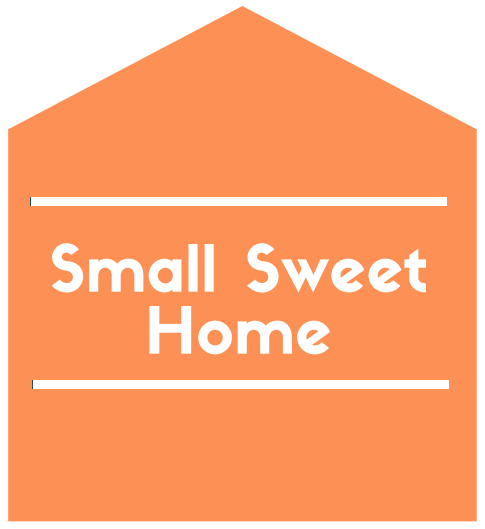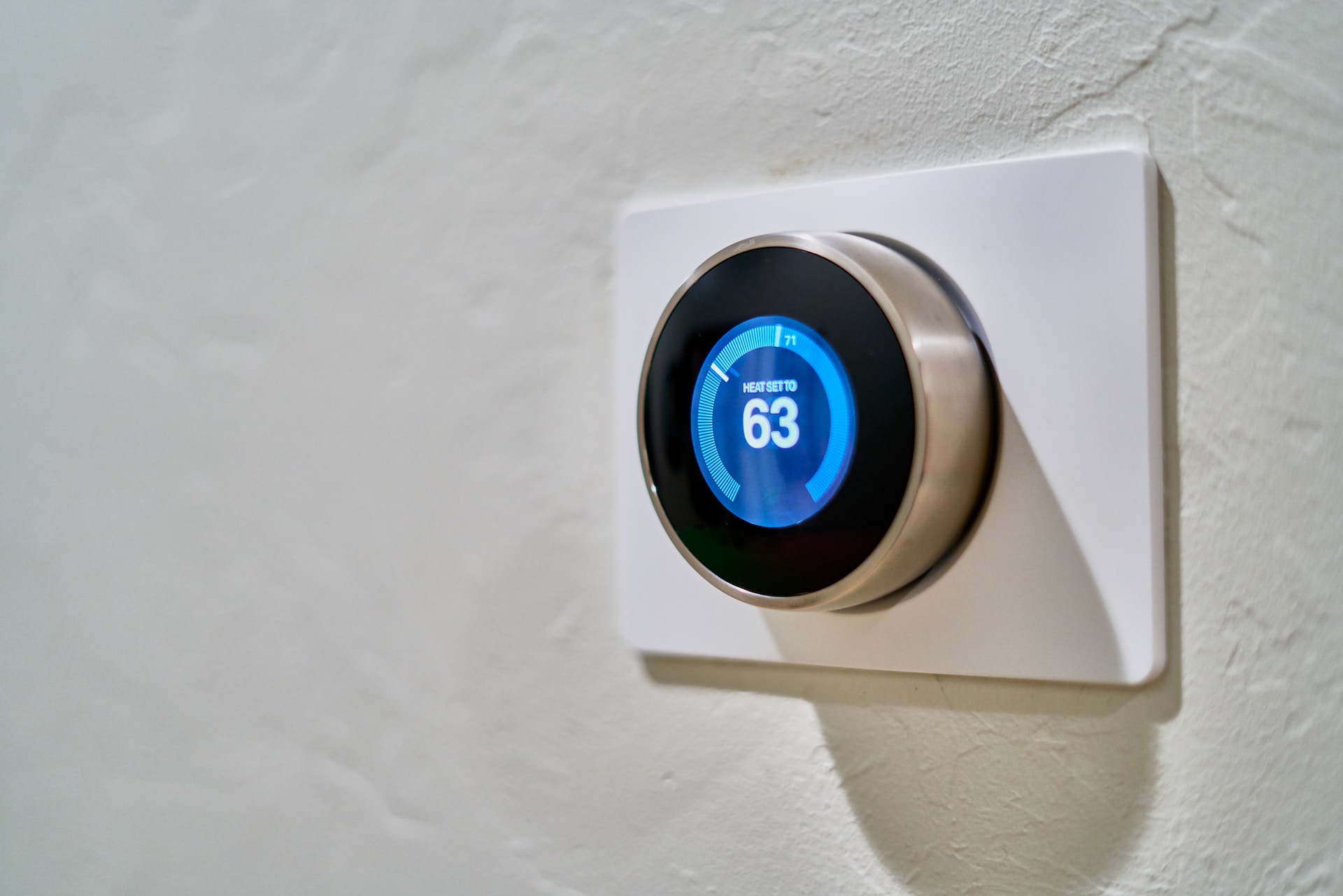Starting a smart home can be a bit overwhelming at first, but it’s not as complicated as it may seem.
Three key benefits of having a smart home
Convenience and Efficiency
One of the primary advantages of a smart home is the convenience it offers. With smart devices interconnected and controlled through a central hub or smartphone app, you can easily manage and automate various aspects of your home.
From adjusting the lighting and temperature to controlling appliances and entertainment systems, you can streamline daily tasks and eliminate the need for manual intervention. This level of automation saves time and effort, making your life more efficient and hassle-free.
Energy Savings and Sustainability
Smart homes provide significant energy-saving opportunities. Smart thermostats allow you to regulate temperature settings based on occupancy and adapt to weather conditions, resulting in optimized energy usage and reduced utility bills. Similarly, smart lighting systems can automatically turn off lights in unoccupied rooms or adjust brightness levels based on natural light, leading to energy conservation. By monitoring and controlling your energy consumption, you can make more sustainable choices and contribute to a greener environment.
Enhanced Security and Safety
Smart home technology offers advanced security features that enhance the safety of your home and provide peace of mind. Smart security cameras, motion sensors, and door/window sensors allow you to monitor your property remotely and receive instant alerts in case of any unusual activity. You can also integrate smart locks and video doorbells for secure access control and real-time visual verification of visitors. These features provide an additional layer of protection, deterring potential intruders and improving overall home security.
Overall, a smart home brings convenience, energy efficiency, and enhanced security to your daily life. By leveraging automation and connectivity, you can enjoy a more comfortable, efficient, and secure living environment.
Table of Contents
A Mini Guide to Starting a Smart Home: Enhance Your Lifestyle with Automation
Welcome to the mini guide to starting a smart home! In this guide, we will explore the reasons why you should consider transforming your living space into a smart home, how to get started, and what essential devices and components you will need. By the end, you’ll have a better understanding of the benefits and steps required to create your own connected and automated haven.
Why Create a Smart Home?
1.1 Convenience: Smart homes offer unparalleled convenience, allowing you to control various aspects of your home with ease. Whether it’s adjusting the temperature, turning on lights, or even starting your coffee maker, you can accomplish all of this and more with just a few taps or voice commands.
1.2 Efficiency: Smart home devices can help you save energy and reduce utility bills. Automated lighting, thermostat control, and smart power outlets allow you to optimize energy usage by turning off unused devices and adjusting settings based on occupancy and time schedules.
1.3 Security: Enhance the security of your home with smart security cameras, door locks, and motion sensors. Receive instant notifications and remotely monitor your property, providing peace of mind whether you’re at home or away.
1.4 Customization: Tailor your living space to suit your preferences. With smart home technology, you can create personalized settings for lighting, sound, temperature, and more, making your home uniquely yours.
How to Get Started
2.1 Assess Your Needs: Consider your lifestyle, priorities, and budget. Identify the areas of your home that would benefit the most from automation and make a list of features you desire.
2.2 Choose a Smart Hub: A smart hub acts as the central control unit for your smart home devices. Research and select a hub that is compatible with a wide range of devices and aligns with your requirements. Popular options include Amazon Echo with Alexa, Google Nest Hub, and Samsung SmartThings.
2.3 Select Devices: Start with a few basic devices and expand gradually. Some essential smart home devices include smart bulbs, smart thermostats, smart plugs, smart speakers, and smart security cameras. Ensure compatibility with your chosen smart hub.
2.4 Consider Connectivity: Determine whether your devices will connect via Wi-Fi, Bluetooth, or a specialized home automation protocol like Zigbee or Z-Wave. Opt for a mix of wired and wireless devices depending on your needs.
2.5 Set Up and Configure: Follow the manufacturer’s instructions to set up and configure your devices. Connect them to your smart hub and configure automation routines, schedules, and voice commands using the hub’s accompanying app.
Essential Smart Home Devices
3.1 Smart Lighting: Replace traditional bulbs with smart bulbs that can be controlled remotely, dimmed, and scheduled.
3.2 Smart Thermostat: Control your home’s temperature and save energy by adjusting it remotely or automatically based on occupancy and weather conditions.
3.3 Smart Plugs: Convert regular devices into smart devices by plugging them into smart plugs. Control power supply, set schedules, and monitor energy usage remotely.
3.4 Smart Speakers: Enjoy voice-controlled automation and play music, answer queries, and control other devices using voice commands.
3.5 Smart Security Systems: Install smart security cameras, doorbell cameras, and sensors to monitor and secure your home. Receive alerts, view live feeds, and control access remotely.
Here are 10 things to know about how to start a smart home:
1. Set a budget. Smart home devices can range in price from a few dollars to hundreds of dollars. It’s important to set a budget before you start shopping so that you don’t overspend.
2. Choose a platform. There are a number of different smart home platforms available, such as Amazon Alexa, Google Assistant, and Apple HomeKit. Each platform has its own strengths and weaknesses, so it’s important to choose one that’s right for you.
3. Do your research. Once you’ve chosen a platform, it’s time to start researching specific devices. There are a lot of different devices on the market, so it’s important to read reviews and compare features before you buy.
4. Start small. There’s no need to buy every smart home device on the market at once. Start with a few devices that you think will be most useful to you. You can always add more devices later.
5. Make a plan. Once you’ve chosen your devices, it’s time to make a plan for how you’re going to use them. Think about what you want your smart home to do for you, and then figure out how to set up your devices to achieve those goals.
6. Get organized. Smart home devices can generate a lot of data, so it’s important to get organized. Create a system for keeping track of your devices, their settings, and their schedules.
7. Keep it updated. Smart home devices are constantly being updated with new features and functionality. It’s important to keep your devices up to date so that you can take advantage of the latest features.
8. Be patient. Smart home technology is still in its early stages, so it’s important to be patient. There will be times when things don’t work perfectly. Just keep troubleshooting and you’ll eventually get things working the way you want them to.
9. Have fun! Smart home technology can make your life easier and more enjoyable. So relax, have fun, and enjoy your new smart home!
10. Be aware of security risks. Smart home devices are connected to the internet, which means they’re susceptible to security risks. It’s important to take steps to protect your smart home devices from hackers.
Additional tips for starting a smart home
Consider your needs. What do you want your smart home to do for you? Do you want to be able to control your lights, thermostat, and security system from your phone? Do you want to be able to set up routines so that your lights turn on when you come home and turn off when you go to bed? Once you know what you need, you can start shopping for devices.
Think about your lifestyle. How do you live your life? Do you work from home? Do you have young children? Do you have pets? Your lifestyle will affect the types of devices you need and how you use them.
Don’t be afraid to experiment. Smart home technology is constantly evolving. There are new devices and features being released all the time. Don’t be afraid to experiment with different devices and features to see what works best for you.
Get help from a professional. If you’re not sure where to start or you need help setting up your smart home, you can hire a professional to help you.
Conclusion
Congratulations on completing the mini guide to starting a smart home! By incorporating smart devices and automation into your living space, you’ll enjoy the convenience, efficiency, security, and customization benefits that come with a connected home. Remember to research and choose devices that align with your needs and ensure compatibility with your selected smart hub. With a well-planned approach, you’ll embark on an exciting journey towards a smarter and more enjoyable living environment.

